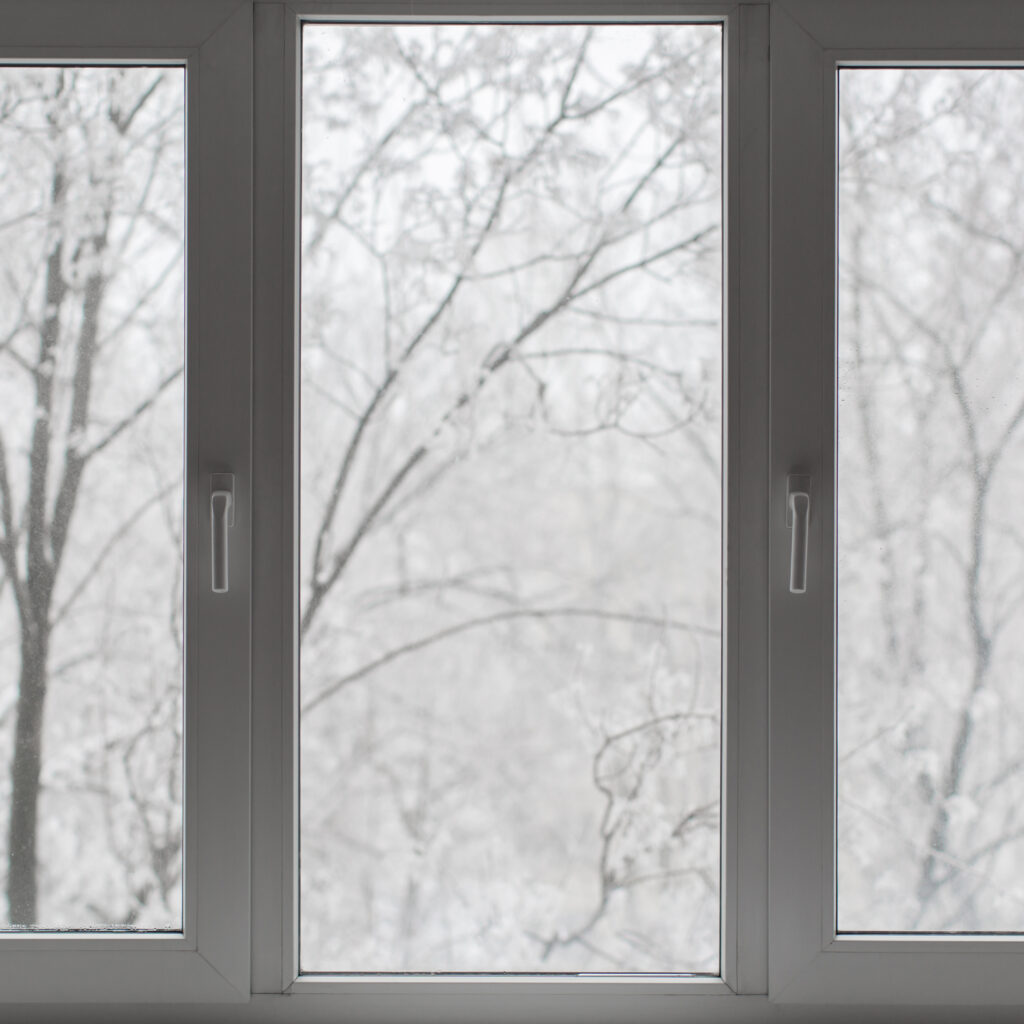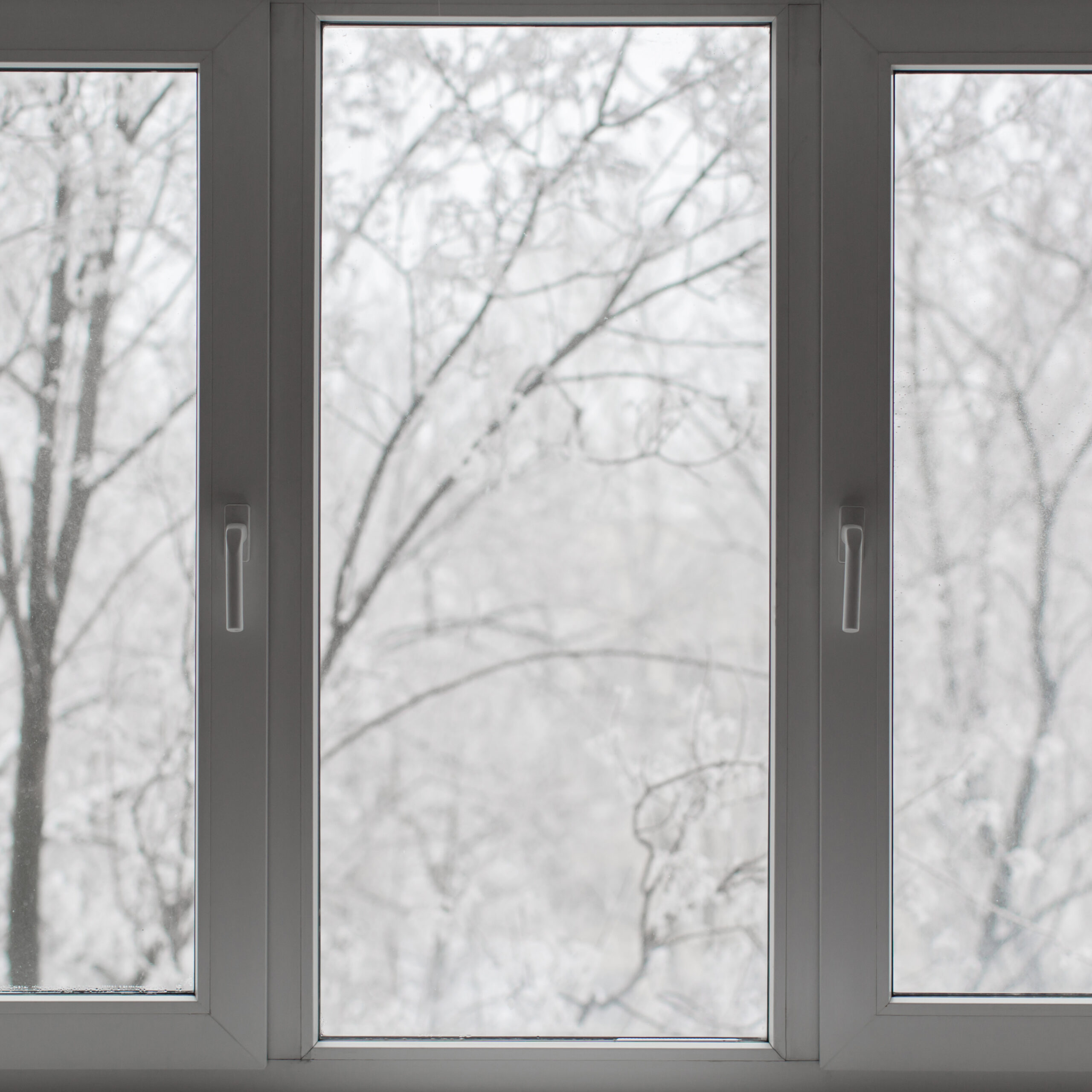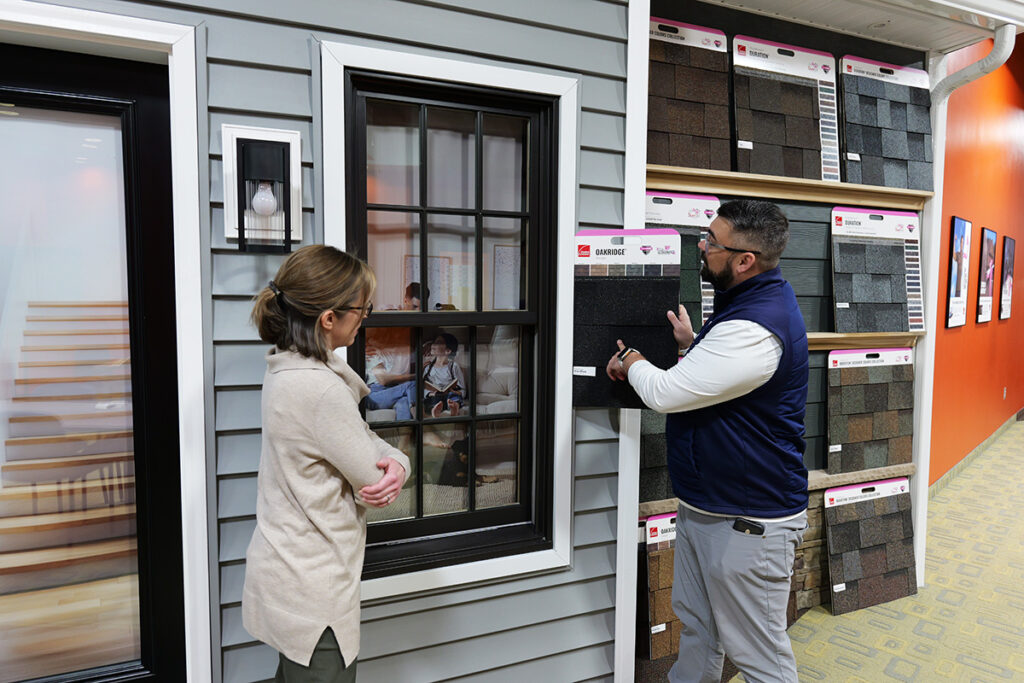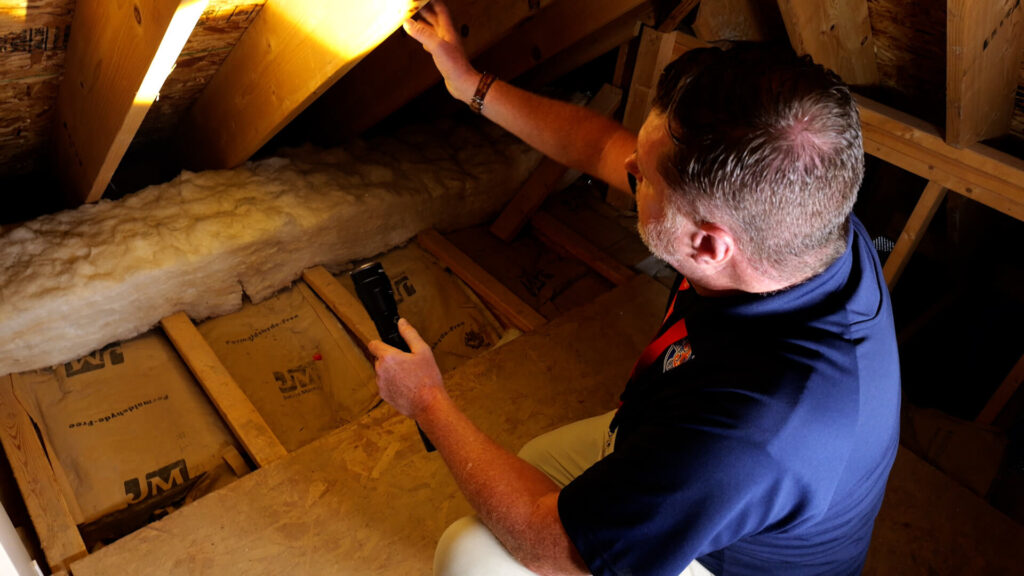How to Winterize Your Windows: A Complete Guide
As the colder months approach, it’s important to prepare your home for winter. One key element of this preparation is winterizing your windows. Windows are a primary source of heat loss, and ensuring they are ready for winter will not only make your home more comfortable but also save you money on energy bills. Here’s a step-by-step guide on how to effectively winterize your windows.

1. Inspect Your Windows
Before winter arrives, take time to thoroughly inspect each of your windows. Look for any cracks, gaps, or broken seals that could allow cold air to seep in. If you notice any damage, repairs should be made promptly to prevent heat loss.
2. Seal Air Leaks
One of the most important steps in winterizing your windows is sealing any air leaks. Use weatherstripping or caulk to close gaps around window frames. This simple and inexpensive fix can significantly reduce drafts, helping to maintain a consistent indoor temperature.
- Weatherstripping: Apply adhesive-backed foam or V-seal weatherstripping along the edges of windows to create an airtight seal.
- Caulking: For exterior gaps, use exterior-grade caulk to fill in cracks between the window frame and the siding.
3. Install Window Insulation Film
If you live in an area with harsh winters, consider adding window insulation film. This plastic film creates an extra barrier between your window and the cold air outside. You can install it over the inside of your windows using double-sided tape and a hairdryer to shrink the film tight, reducing heat transfer.
4. Use Thermal Curtains
Heavy, insulated curtains or thermal drapes are a great way to add an extra layer of protection against the cold. These curtains help block drafts and retain heat, making your home warmer without needing to crank up the thermostat.
5. Check Window Locks
Ensure that all window locks are functioning properly. Locked windows create a tighter seal, which can reduce drafts. If any locks are loose or broken, have them repaired or replaced before winter.
6. Add Storm Windows
If your windows are older and less energy-efficient, storm windows provide an additional layer of insulation. These are particularly useful for single-pane windows, helping to minimize heat loss and block out cold air. You can either install permanent storm windows or use temporary ones for the winter season.
7. Upgrade to Energy-Efficient Windows
While upgrading to energy-efficient windows is a bigger investment, it’s a long-term solution that can improve your home’s insulation and reduce energy costs significantly. Double or triple-pane windows with Low-E coatings are designed to help regulate the temperature inside your home, keeping it warmer during the winter and cooler in the summer.
Why Winterizing Your Windows is Important
Properly winterizing your windows can result in significant energy savings during the colder months. According to the U.S. Department of Energy, windows can account for 25-30% of a home’s heating and cooling energy use. By taking these steps, you can not only keep your home warm but also reduce your carbon footprint.
Conclusion
Winterizing your windows is a simple but effective way to enhance the comfort and energy efficiency of your home during the colder months. Whether you’re sealing gaps or installing storm windows, each step contributes to a warmer home and lower energy bills. By taking proactive measures now, you can ensure your windows are ready to withstand the winter chill.









